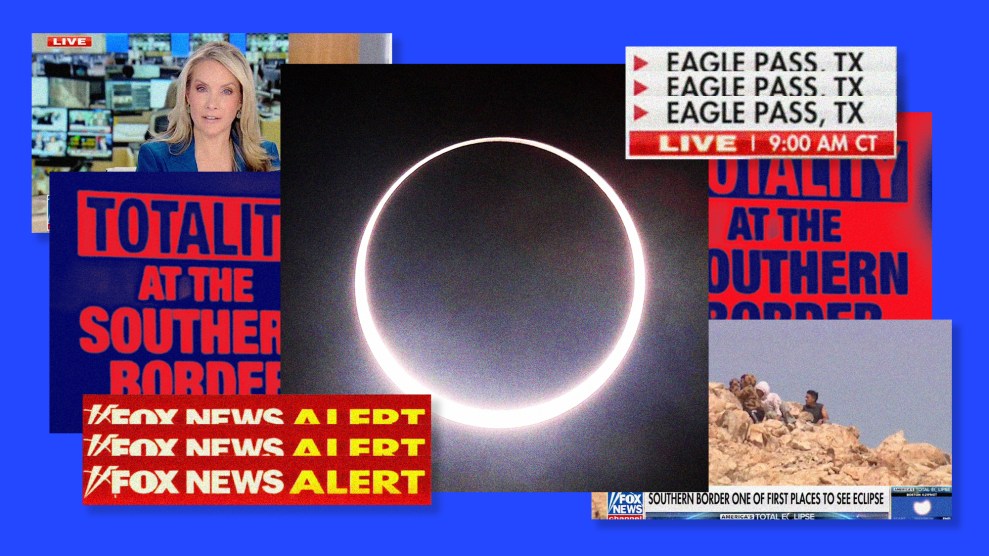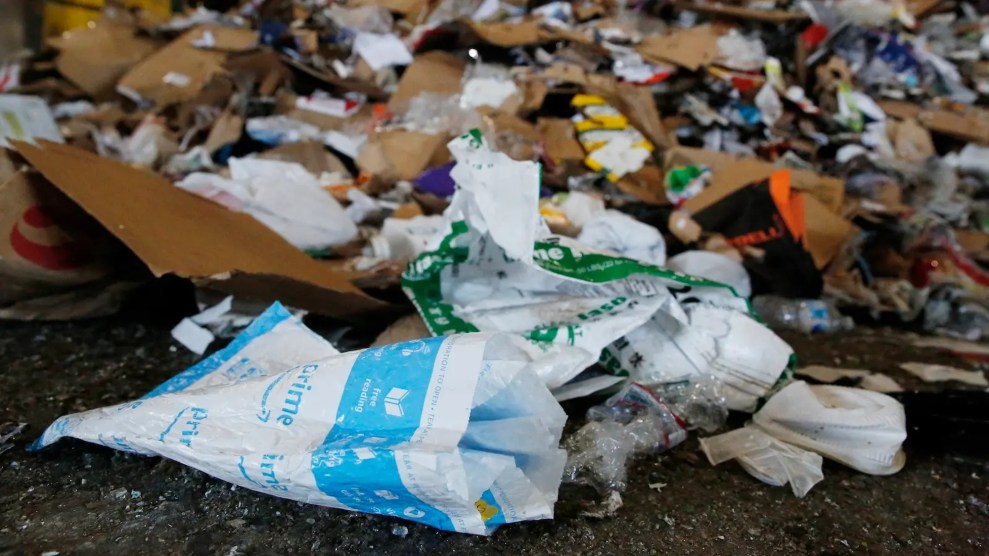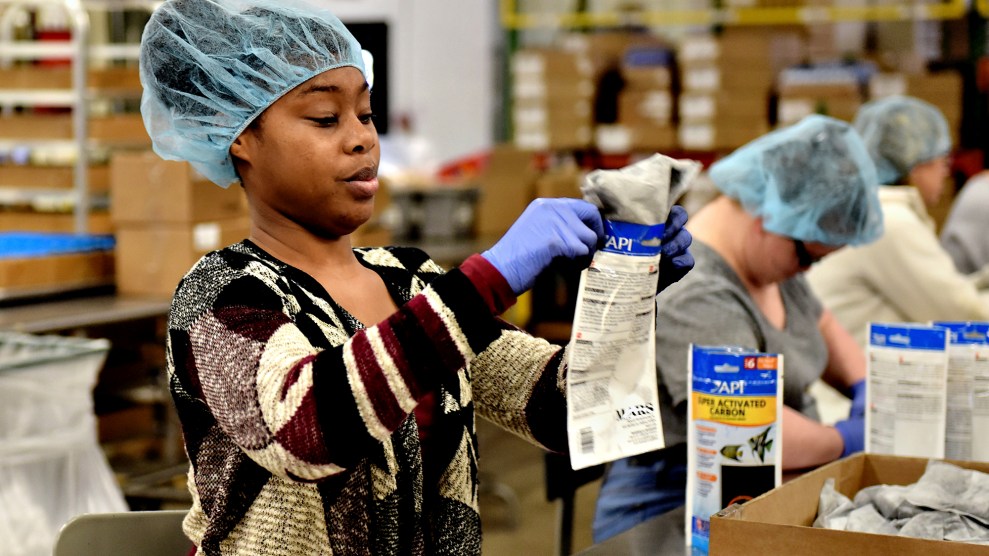Two cherished illusions fall by the wayside. These belong to the smug category of talents that “make us human.” Guess what, turns out these human attributes belong to chimpanzees. And birds. And probably for longer than we’ve owned them.
First up, tools to hunt prey. This is pure Homo sapiens, et ancestors, isn’t it? Wrong. And, whoa, sacrilege of the most holies. Females and immatures turn out to be better hunters than the big boys. Check this out from Current Biology.
Although tool use is known to occur in species ranging from naked mole rats to owls, chimpanzees are the most accomplished tool users. The modification and use of tools during hunting, however, is still considered to be a uniquely human trait among primates. Here, we report the first account of habitual tool use during vertebrate hunting by nonhumans. At the Fongoli site in Senegal, we observed ten different chimpanzees use tools to hunt prosimian prey in 22 bouts. This includes immature chimpanzees and females, members of age-sex classes not normally characterized by extensive hunting behavior. Chimpanzees made 26 different tools, and we were able to recover and analyze 12 of these. Tool construction entailed up to five steps, including trimming the tool tip to a point. Tools were used in the manner of a spear, rather than a probe or rousing tool. This new information on chimpanzee tool use has important implications for the evolution of tool use and construction for hunting in the earliest hominids, especially given our observations that females and immature chimpanzees exhibited this behavior more frequently than adult males.
Translated: chimps build tools we call spears and use them to hunt specific nocturnal prey (bushbabies) that would otherwise be impossible to catch with the chimps’ diurnal lifestyle. Oh, and again, the girls and kids do most of it and may well have invented it.
If that isn’t humbling enough, how about birds that plan for the future? That’s a struggle for even the college-educated human. In fact, based on our inability to solve those niggling global sustainability problems, you might conclude we can’t do it at all. This from the University of Cambridge, where forethought is rewarded with publications in the journal Nature.
Some birds recognise the idea of ‘future’ and plan accordingly, researchers at the University of Cambridge have discovered. According to their findings… western scrub-jays will store food items they believe will be in short supply in the future.
Planning for the future is a complex skill that was previously believed to be unique to humans. Other animals were perceived to be incapable of dissociating themselves from the present and any current motivation. Sometimes animals may appear to recognize future needs, but they are only exhibiting behaviors that are either instinctual (e.g. nest building) or prompted by immediate needs like hunger (e.g. food hoarding).
In order to determine whether some animals plan for future food needs or are simply acting on instinct, Professor Nicky Clayton and her team at the Department of Experimental Psychology tested the western scrub-jay.
Every morning, eight scrub-jays either were allowed into the compartment with ‘no breakfast’ or the compartment with ‘breakfast’. They were then allowed to eat for the rest of the day. After several days, the birds were then provided with pine nuts suitable for caching (hoarding) in the evening. In anticipation of a morning without breakfast, the scrub-jays consistently hid food in the ‘no breakfast’ compartment rather than the ‘breakfast’ compartment, demonstrating an understanding of future needs (rather than just their immediate needs).
In a similar experiment, the scrub-jays were given either dog food in one compartment or peanuts in a second compartment for breakfast. When they were allowed to cache either food where they liked in the evenings, they once again demonstrated an understanding of future needs and a desire for a varied diet by hoarding peanuts in the dog food compartment and dog kibble in the peanut compartment. If they were caching for current hunger, they would not have discriminated between the types of food or the location of the cache.
Professor Nicky Clayton said, “The western scrub-jays demonstrate behavior that shows they are concerned both about guarding against food shortages and maximizing the variety of their diets in the future. It suggests they have advanced and complex thought processes as they have a sophisticated concept of past, present and future, and factor this into their planning.”
Bird brains.












